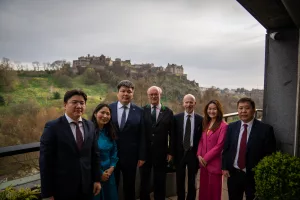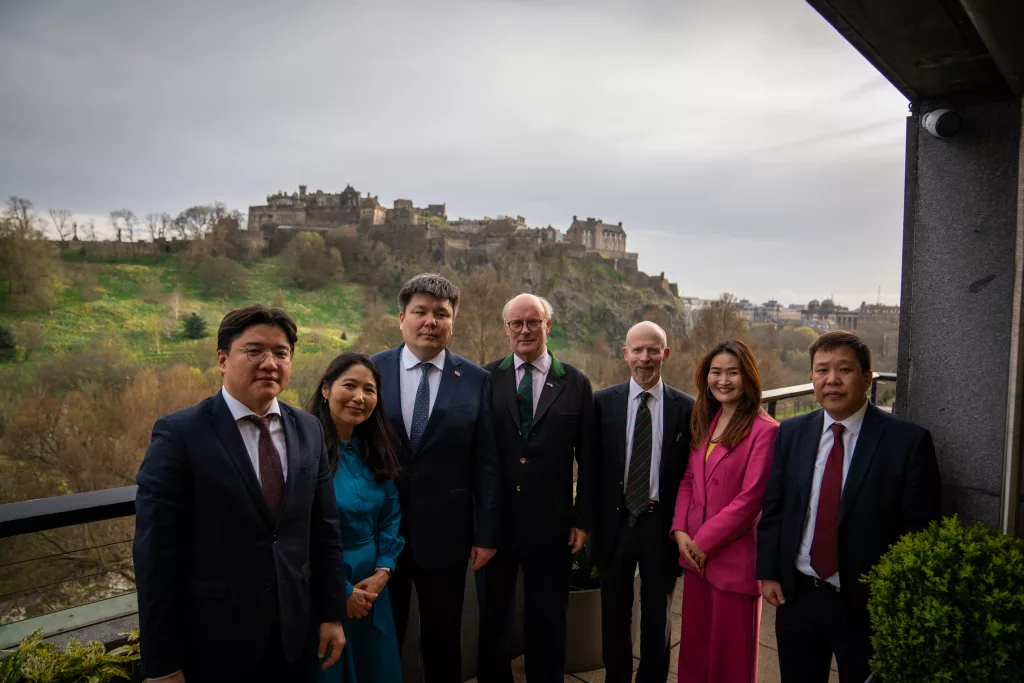In June 2023, despite peace talks held near the Chinese border involving officials from three influential ethnic armed organisations (EAOs), collectively known as the “Three Brotherhood Alliance”, and the military junta (Tatmadaw) that seized power in February 2021, the conflict in Myanmar has escalated.
On October 27th last year, the initiation of Operation 1027, named after its start date, resulted in more intense fighting than previously seen in the civil conflict, devastating the Northern Shan state which borders China as well as other regions. The “Three Brotherhood Alliance” unites forces from different ethnic backgrounds, languages and priorities, including the Myanmar National Democratic Alliance Army (MNDAA) or Kokang Group, primarily of ethnic Chinese composition, the Ta’ang National Liberation Army and the Arakan Army, all of which are well-armed.
Operation 1027 has become the most dangerous threat to the military junta yet. In the past months, the fighting has spread to various parts of the country, including along Myanmar’s borders with India, China and Bangladesh as well as to the central Sagaing Region. Aside from the rebel groups, the National Unity Government (NUG) has gotten involved in the conflict by supporting the People’s Defence Force (PDF). The NUG continues as a parallel democratic administration separately from the junta and uses tax revenue to fund the PDF.
The allied rebel groups have already seized more than a dozen towns, 300+ military posts and several border checkpoints from the junta while morale in the Tatmadaw has dwindled. The use of drones has proven an effective strategy for the rebels to drop bombs and destroy military posts, many of which have been left abandoned. The past months of intensive fighting by the rebels has given them the upper hand on the battlefield despite the junta’s better equipment, which includes Russian and Chinese fighter jets and helicopters.
Since Operation 1027 started, around 600,000 people have been displaced, especially in the Shan state near the Chinese border. Consequently, China has asked its citizens living in the area to evacuate. According to UN estimates, 2 million people have been displaced as a result of fighting and crackdowns on different ethnic minorities since the coup of the Tatmadaw in February 2021.
China plays a crucial role in the civil conflict, as it is not only a supporter and ally of the junta but also Mandarin-speaking ethnic Chinese rebel groups close to the border. These rebel groups, such as the MNDAA or Kokang Group, even use Chinese telephone networks and the Chinese Yuan as currency in their controlled territory. While these militias are not controlled by China, they enjoy the country’s support. As a result, China is attempting to hedge its position between the two warring factions and seeks to promote peace. Instability with heavy fighting on its Southern border constitutes a major security threat, with reports of stray artillery even hitting Chinese soil.
In recent months, anger and frustration among Chinese officials have grown over the junta’s inability to combat crime at the Chinese-Burmese border. This includes the operation of online scam centres targeting Chinese citizens and the human trafficking of an estimated 20,000 people, mainly Chinese nationals, to provide forced labour in these centres. A Chinese blockbuster, titled “No More Bets”, which was released in cinemas last summer, addresses this topic, seeking to prevent its citizens from falling for trafficking practices.
In mid-December, China brokered a ceasefire between the ethnic minority insurgent alliance and the junta, with the promise from both sides to uphold mutual talks and work towards a peace agreement. However, despite Beijing urging both sides to adhere to the ceasefire, fighting has continued. This diplomatic effort also comes from self-interest as the conflict poses a security threat to Yunnan Province in Southern China.
Similarly, India faces a security challenge as fighting occurs close to the border of its northeastern states, such as Manipur, where refugees and narcotics infiltrate its borders. However, in contrast to China, India has remained uninvolved despite peace in Myanmar being a core interest for India to protect its borders, its citizens, and to continue working on planned infrastructure projects with Myanmar. India’s inaction regarding the systematic killing of Rohingya Muslims and now the heavy fighting between rebels and the junta, due to the Indian policy of non-interference, has diminished India’s influence as a democratic power in the region. Meanwhile, Chinese influence on junta-led Myanmar has provided it with greater leverage in proceeding with infrastructure projects, such as the construction of an LNG plant and a deep-sea port under the Belt and Road Initiative, consolidating China’s maritime power in the Indian Ocean and gaining geopolitical ground in the region vis-à-vis India.
ASEAN, as a strong regional player with 10 member states from Southeast Asia, which includes Myanmar, has suspended the country from its regular meetings and works actively on internationally isolating the armed forces of junta-led Myanmar.
Despite apparent unity among the different rebel groups in Myanmar, their objectives vary. While the conflict has a strong democratic movement, it also encompasses secessionist and independentist agendas in ethnically diverse Myanmar. This raises the question of how a peace agreement can involve all groups and build a more inclusive government and state system if the Tatmadaw were to be defeated by the ethnic armed organisations and the shared grievances among the rebel groups disappeared.
The fear of the fragmentation of Burmese society is historically cited by the junta as a justification for past coups. Even though the NUG was democratically elected and oppose the junta, it also shares aspects of this fear as an entity seeking to govern post-war Myanmar.
If fighting were to erupt among the rebels, Myanmar has the potential to become a failed state with a prolonged war and no clear winner. The Panglong Agreement from 1947 promised greater autonomy and minority rights in ethnic minority regions before the country’s independence from the British Empire in 1948, including offering some minorities the option to leave the union. These guarantees have been subsequently ignored by post-independence governments, leaving minority groups like the Chin, Kachin, Karenni, and Shan people disenfranchised. Due to the lack of a unifying figure in Myanmar, the fragmentation into autonomous federal states currently presents a possibility.







